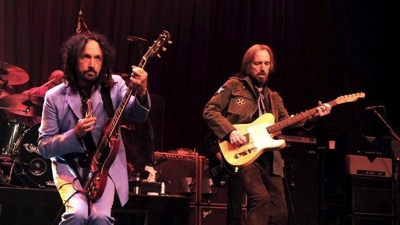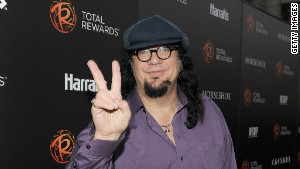A History of Screenwriting – 41 in a series – The Wind – Frances Marion
The Wind 1928 – 2015 Helictite live from resounding silents on Vimeo.
The Wind is a 1928 American silent romantic drama film directed by Victor Sjöström. The movie was adapted by Frances Marion from the novel of the same name written by Dorothy Scarborough. It features Lillian Gish, Lars Hanson and Montagu Love. It was one of the last silent films released by Metro-Goldwyn-Mayer, and is considered one of the greatest silent films.[1][2]
Gish came up with the idea of making a film adaptation of the novel of the same name. Irving Thalberg immediately gave her permission to do so. Gish recalled wanting Lars Hanson as her leading man after seeing him in a Swedish film with Greta Garbo. She also assigned Victor Sjöström as the director herself. Sjöström directed Gish before in the 1926 film The Scarlet Letter.[3]
The film was shot partially near Bakersfield and the Mojave Desert, California.[4]
In the original novel, the heroine is driven mad when the wind uncovers the corpse of the man she has killed. She then wanders off into a windstorm to die. According to Gish and popular legend, the original ending intended for the film was the unhappy ending, but it was changed due to the studio’s powerful Eastern office decreeing that a more upbeat ending be shot.[5] It is rumored that this tampering caused Seastrom to move back to Sweden. Mayer’s biographer rejects this on account that the “sad ending” is not known to exist in any form, written or filmed. Regardless of whether an unhappy ending was originally intended, in the resulting film the “happy” ending replaced the original ending against the wishes of both Lillian Gish and Victor Seastrom.[6] — Wikipedia
* A portion of each sale from Amazon.com directly supports our blogs *
* Many of these books may be available from your local library. Check it out!
I teach several classes for the Stephens College Low-Residency MFA in Screenwriting, including History of Screenwriting. In fact, I created the curriculum for that course from scratch and customized it to this particular MFA in that it covers ‘Screenwriting’ (not directors) and even more specifically, the class has a female-centric focus. As part History of Screenwriting I, the first course in the four-class series, we focus on the early women screenwriters of the silent film era who male historians have, for the most part, quietly forgotten in their books. In this series, I share with you some of the screenwriters and films that should be part of any screenwriters education. I believe that in order to become a great screenwriter, you need to understand the deep history of screenwriting and the amazing people who created the career. — Dr. Rosanne Welch

![22: More on Peter Tork and The Monkees : “Why The Monkees Matter” Interview with Jean Power [Video] (0:54)](https://rosannewelch.com/wp-content/uploads/2017/10/rmw-power-22-peter-tork-2.jpeg)
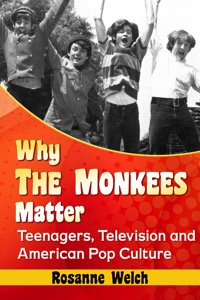

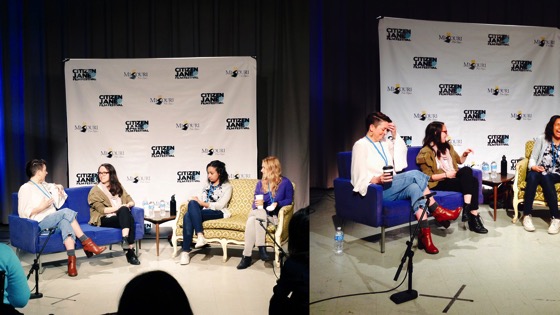
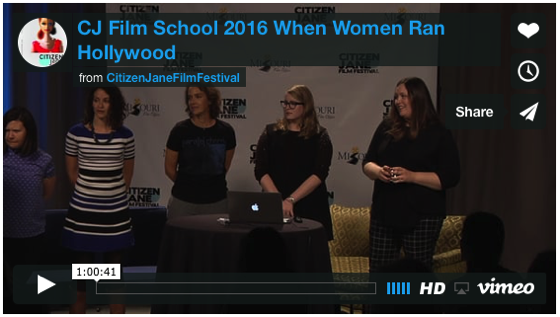
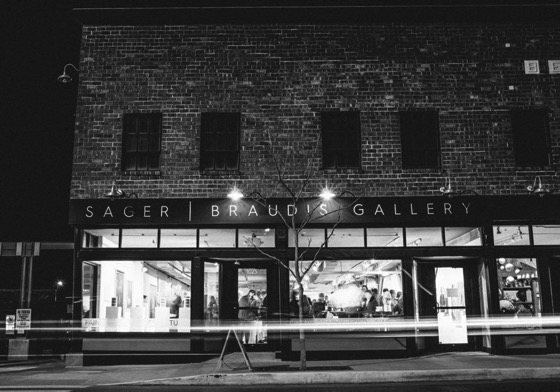

![Introduction from Giving Voice to Silent Films and the Far From Silent Women Who Wrote Them with Dr. Rosanne Welch [Video] (1 min)](https://rosannewelch.com/wp-content/uploads/2017/09/Slide01.jpg)








![How Gidget Got Into the Girl Ghetto – Dr. Rosanne Welch – SRN Conference 2017 [Video] (23 mins)](https://rosannewelch.com/wp-content/uploads/2017/10/gidget-srn.png)

![21: Peter Tork and The Monkees : “Why The Monkees Matter” Interview with Jean Power [Video] (0:55)](https://rosannewelch.com/wp-content/uploads/2017/10/rmw-power-21-peter-tork.jpeg)
